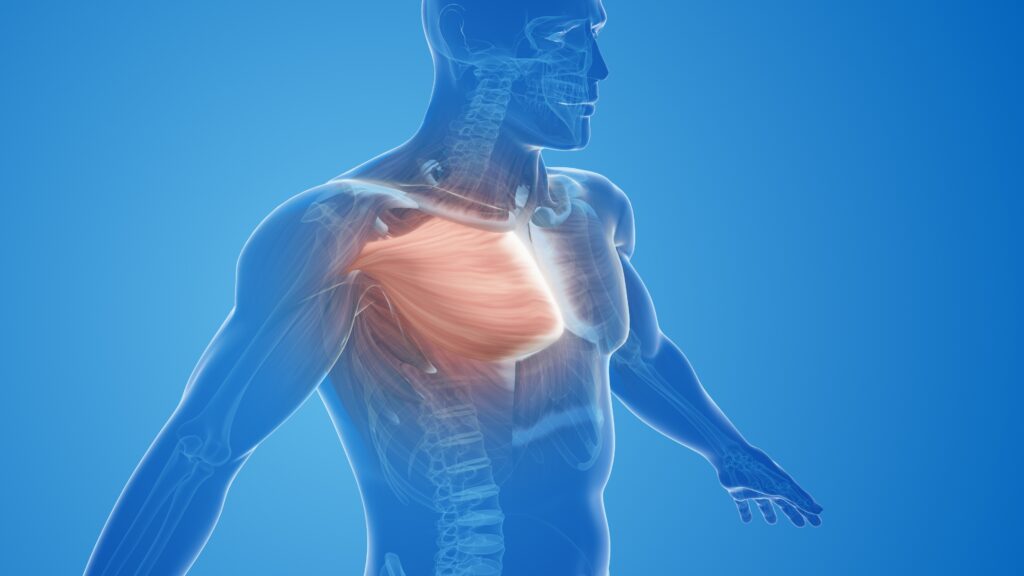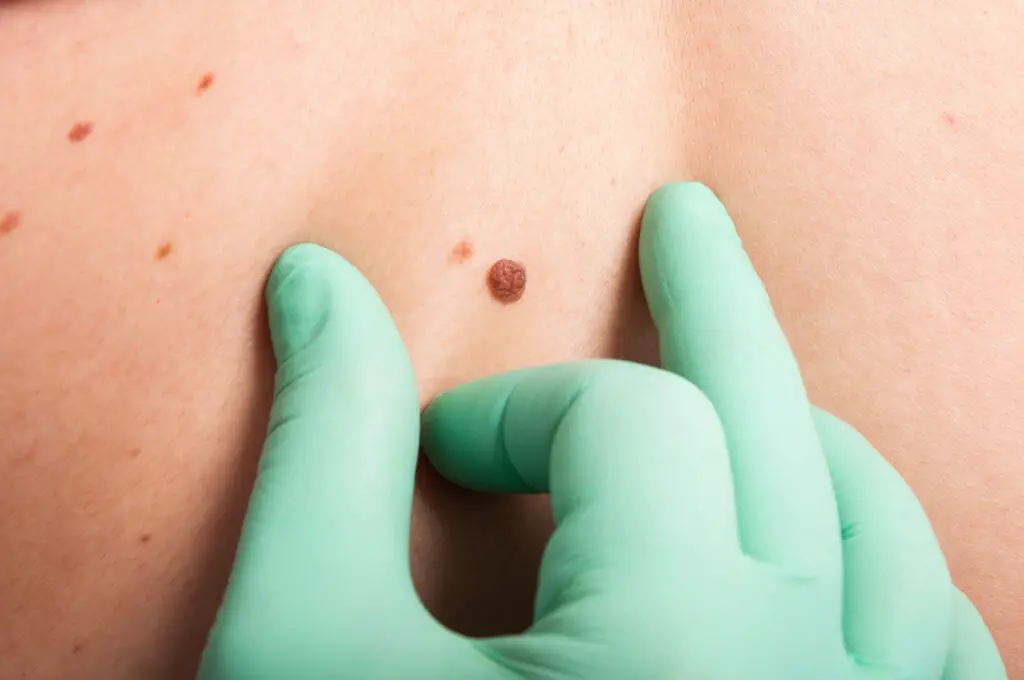Table of Contents
Microwave popcorn is a popular snack, but concerns about its potential health effects have raised questions among consumers, “Is microwave popcorn bad for you?
Several factors might contribute to these concerns, such as the chemical diacetyl used to add flavor to popcorn and the prior use of perfluorooctanoic acid (PFOA) and perfluorooctane sulfonate (PFOS) in popcorn bags. By examining some factors, we aim to discern the true nature of microwave popcorn’s effect on the body.
Prepare for an enlightening journey where the kernels of truth await.
Is microwave popcorn healthy? Discover the truth
Is microwave popcorn unhealthy? Why is microwave popcorn bad for you? These questions have sparked a heated debate in recent times. This popular snack offers convenience, but there is doubt about its health benefits. So, let’s explore the science to make an informed choice about the place of microwave popcorn in our diets.
What are PFOS and PFOA? Do they make microwave popcorn that causes cancer?
Some studies have raised alarms about the potential link between microwave popcorn and toxic chemicals that may lead to cancer development (1, 2). It’s due to certain chemicals used in the production process. Perfluorooctanoic acid (PFOA) and perfluorobutane sulfonic acid (PFOS) that might be present in microwave popcorn bags (3, 4, 5) play a major role in this topic of concern.
Both PFOA and PFOS exposures from chemical plants have been correlated to several cancers, including pancreatic, lung, kidney, and testicular cancer (6, 7). They are also linked to immune system problems in children, weight gain, high cholesterol levels, and thyroid disease (7, 8).
Because of these potential risks, PFOS production and use were discontinued in 2002 (9). In the United States, PFOA emissions and usage stopped by the end of 2015 (9). However, it’s unclear if these changes have been adopted in Asia (9).
After eliminating these chemicals, PFOS and PFOA exposure from microwave popcorn might not be a problem anymore.
Nevertheless, consumers must be aware of certain substances that might still be used in the packaging.
PFOS and PFOA in popcorn bags: Microwave popcorn danger
Regarding harmful toxins in microwave popcorn, chemicals in its bag may pass to the food (1, 10).
A 2008 study showed that fluorochemical compounds in a microwave popcorn bag can pass to the food. When microwave popcorn bags are heated, there is a possibility of PFOA and PFOS transferring to the popcorn (11). It means when you eat popcorn, you might be exposed to these chemicals.
This can be a problem as both PFOA and PFOS have been linked to various health issues, including cancer risks (3, 4, 5). These compounds also can remain in the human body for a long time. It might take around seven years for PFOA and 9.6 years for PFOS to be eliminated from the bloodstream (12).
Most manufacturers have responded to these concerns and offer microwave popcorn bags free from PFOS, PFOA, and other harmful chemicals (9). But this possibly hasn’t been applied to Asian countries (13).
What is diacetyl and its link to popcorn?
Diacetyl is an artificial butter-like flavoring that is commonly used in microwave popcorn. It can also be found in various food products, including wine, dairy, roasted coffee, and frying oil. Studies show that high exposure to diacetyl in industrial settings leads to respiratory issues, such as bronchiolitis obliterans, referred to as “popcorn lung” (14, 15).
It’s worth noting that the United States Food and Drug Administration (USFDA) has classified diacetyl as “generally regarded as safe” (GRAS) for consumption (16). This means it’s considered safe for consumption in the approved amounts. But, there are concerns about the health of workers handling large quantities of diacetyl.
Studies have shown that inhaling diacetyl in high concentration can lead to bronchiolitis obliterans (popcorn lung) and lung function problems (14, 15). The symptoms usually appear within several months or years.
The level of diacetyl that could cause lung issues in humans is around 500 ppm or more (17). But in places where diacetyl is handled in food plants, the average concentration is around 0.1 to 3 ppm (18, 19). The amount used in popcorn is even lower.
Therefore, the small amounts used for flavoring are safe for consumers.
On the other hand, those working with large quantities of diacetyl who would inhale the chemical should be cautious. However, due to the risks, diacetyl has mostly been eliminated from food flavoring industries (20, 21).
Microwave popcorn affects heart health
Some chemicals in microwave popcorn can cause possible health risks (22). Although occasional consumption may not be harmful, it is essential to be aware of the potential impact on the body. Making informed choices about our foods is crucial for maintaining overall health and well-being.
Trans fats and heart health
Another concern associated with microwave popcorn is its content of artificial trans fats. Artificial trans fats like margarine are commonly found in microwave popcorn, frozen pizza, and snacks (23).
These fats can raise levels of “bad” LDL cholesterol and lower levels of “good” HDL cholesterol (24). It increases the risk of heart disease and cardiovascular issues (24). It may also increase the risk of obesity, as well as breast and rectal cancer (25, 26, 27). As with any food product, moderation and a balanced diet remain key factors in reducing potential risks to the body.
Best ways to make and enjoy popcorn
You can still enjoy popcorn by making it free from harmful chemicals. Here are some of the best ways and tips that you can try to enjoy a safer and healthier popcorn experience:
Air-popped popcorn
Consider making your popcorn from scratch using a hot air popper method. Air-popped popcorn is a healthier option since it doesn’t require oils or chemical additions (28). This will make it free from unwanted additives and low calories and fats.
Stovetop popcorn
Another healthy preparation method for popcorn you can try is the stovetop method. All you need is a saucepan, some popcorn kernels, and some oil. This way, you have complete control over the ingredients and can avoid harmful chemicals in pre-packaged options.
Use microwave-safe containers
When preparing microwave popcorn, consider using a microwave-safe container and lid, such as a glass, silicone, or ceramic container, instead of the pre-packaged bags. By doing so, you can avoid potential exposure to PFOS and PFOA that may be present in microwave popcorn bag coatings. This alternative method provides a safer option while still achieving the convenience of microwave preparation.
Choose healthier cooking oils
To try stovetop popcorn, you should consider using healthier oils or substitutes such as olive oil, coconut oil, or avocado oil instead of traditional butter or margarine. This can help reduce the potential exposure to diacetyl, as it may be used in some margarine or frying oil.
Transparent product labels
Look for microwave popcorn brands that explicitly state the absence of PFOS, PFOA, and diacetyl in the bag. Many brands now offer safer alternatives without compromising on taste. This ensures that you can enjoy the convenience of microwave popcorn without the worry of harmful chemicals leaching into your snack.
Be creative with popcorn seasonings
To steer clear of diacetyl, avoid using artificial butter flavorings in your popcorn. Instead, experiment with natural flavorings like nutritional yeast for a cheesy flavor. You can also experiment with herbs, spices, olive oil, or a sprinkle of cheese for a unique and wholesome taste profile.
Healthier popcorn kernels
Opt for organic and non-genetically modified (non-GMO) corn kernels when making popcorn at home. This helps to ensure that you are using a safer base ingredient without unnecessary chemicals from pesticides or genetic modifications.
Combine with toppings
Enhance the nutritional value and taste of your popcorn by adding mix-ins like nuts, seeds, dried fruits, or even dark chocolate chips. These additions not only provide delicious flavors but also contribute valuable nutrients.
Why is microwave popcorn bad for your heart?
This is due to the high content of artificial trans fats usually found in microwave popcorn. These fats can raise cholesterol levels in the blood, which may lead to heart disease, heart attacks, and other cardiovascular issues. It’s best to limit the intake of microwave popcorn and opt for healthier alternatives like air-popped.
Is it OK to eat a whole bag of microwave popcorn?
Eating a whole bag of microwave popcorn in one sitting is not recommended, especially if you eat daily. This is due to its high-calorie content, trans fats, sodium, and potential artificial additives. Moderation is key to maintaining a balanced diet and supporting overall health.
What microwave popcorn is safe to eat?
Choose microwave popcorn labeled trans-fat-free, free from harmful chemicals like diacetyl, PFOA, and PFOS, and with minimal sodium. Consider organic options or make your own popcorn using healthy oils.
Do all microwave popcorn bags contain PFOA?
No. Due to health and environmental concerns, many manufacturers have phased out the use of PFOA in their packaging. Nowadays, you can find some microwave popcorn bags labeled as PFOA-free. These bags use alternative materials considered safer for consumers and the environment.
Is microwave popcorn worse than potato chips?
Microwave popcorn and potato chips have their pros and cons. Both can be high in calories and fats, which vary based on brand and preparation method. Some popcorn has lower fat, while some chips may contain trans fats. Both snacks can be high in sodium and artificial additives. Moderation and choosing snacks with fewer additives are crucial for your overall health.
What is the healthiest way to pop popcorn?
The healthiest way to pop popcorn is through air-popping. Air-popping uses hot air to pop the kernels without any added fats, resulting in a low-fat snack. Another option is by stovetop popping with minimal added fats and oils. It allows you to control the amount of oil used, reducing overall fat content compared to microwave popcorn.
Summary
Now you might have an answer to this question, “Is microwave popcorn bad for you?”. Microwave popcorn is a staple snack. However, the presence of harmful chemicals like diacetyl, PFOS, and PFOA in popcorn bag coatings causes some of the potential risks. These chemicals have been linked to lung issues if inhaled in large amounts (Diacetyl), cancer, and other health issues.
However, the risks are relatively low or non-existent for casual consumers. Being mindful of the ingredients in popcorn bags and flavorings can help create a healthier and enjoyable snacking experience.

















Comments
0